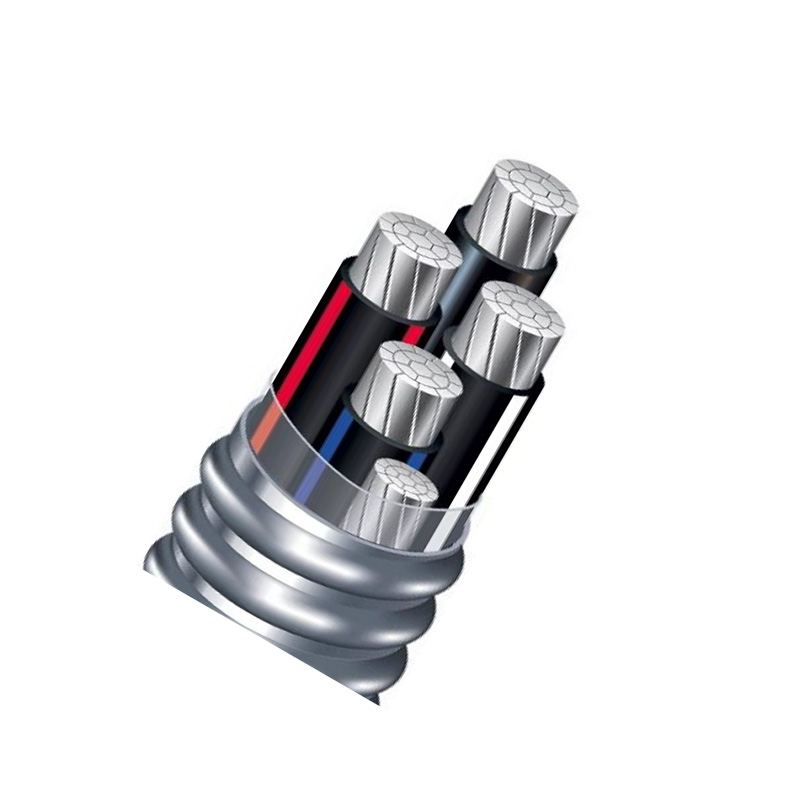Nov . 26, 2024 23:08 Back to list
Understanding Non-Return Swing Check Valve Functionality and Applications
Understanding Non-Return Swing Check Valves
Non-return swing check valves are essential components in various fluid handling systems. These valves ensure that fluid flows in one direction while preventing backflow, which can lead to system inefficiencies and potential damage. This article will delve into the functionality, applications, advantages, and considerations associated with non-return swing check valves.
What is a Non-Return Swing Check Valve?
A non-return swing check valve, sometimes simply referred to as a swing check valve, is a mechanical device designed to allow fluid to flow in one direction while blocking its reverse flow. The design of this valve features a disc that swings open and closed based on the direction of the fluid flow. When fluid flows in the intended direction, the disc is lifted, allowing passage. However, when there is a backflow or a reduction in pressure, the disc seals against the valve seat, preventing any fluid from reversing its course.
How They Work
The operation of a non-return swing check valve is relatively straightforward. The valve consists of a valve body, a disc, and a hinge. As fluid enters the valve in the forward direction, it pushes against the disc, causing it to swing open and allowing the fluid to pass through. When the flow stops or reverses, gravity and the back pressure force the disc back against the seat, effectively sealing the valve.
The swing mechanism allows for minimal resistance to flow compared to other types of check valves, such as globe or ball check valves. This characteristic makes non-return swing check valves particularly efficient in applications where energy conservation and flow rate are critical.
Applications of Non-Return Swing Check Valves
Non-return swing check valves are widely used in various applications, including
1. Water Supply Systems These valves are commonly found in municipal water systems, preventing backflow that could lead to contamination of potable water.
2. Pump Protection They are used in pumping systems to protect pumps from reverse flow when the pump shuts down. This helps in preventing cavitation and potential damage to the pump components.
3. Wastewater Treatment In wastewater applications, these valves prevent backflow from sewer systems, protecting treatment plants and maintaining efficient operation.
4. Industrial Processes Many industrial systems, such as chemical processing and power generation, utilize these valves to ensure the integrity of the process flow and prevent backflow that could disrupt operations.
non return swing check valve

Advantages of Non-Return Swing Check Valves
The benefits of using non-return swing check valves are numerous
1. Low Pressure Drop Due to their design, these valves experience lower pressure drops compared to other check valve types, making them ideal for systems where flow rate is crucial.
2. Simplicity The simplistic design of the swing check valve leads to ease of installation and maintenance. They typically have fewer moving parts, resulting in lower wear and tear.
3. Durability Most non-return swing check valves are built from durable materials like stainless steel or brass, making them resistant to corrosion and suitable for a wide range of fluids.
4. Cost-Effectiveness Given their efficient operation and durability, these valves often provide a cost-effective solution for backflow prevention in various applications.
Considerations When Using Non-Return Swing Check Valves
While non-return swing check valves present many advantages, certain considerations must be kept in mind
1. Orientation and Installation These valves must be installed in the correct orientation to function properly. Improper placement can lead to leakage or inefficient operation.
2. Size and Specification Selecting the appropriate size and specifications for the application is crucial. An undersized valve may lead to pressure loss, while an oversized valve might not seal effectively.
3. Maintenance Needs Although they are generally low maintenance, regular inspections are necessary to ensure the valves remain functional over time, especially in applications with debris or sediment.
Conclusion
Non-return swing check valves are vital components in various fluid handling systems, providing reliable backflow prevention while allowing smooth fluid flow in the intended direction. Their efficiency, durability, and cost-effectiveness make them an excellent choice for a wide range of applications. Understanding their function, advantages, and the considerations for their use can help engineers and technicians make informed decisions when designing and maintaining fluid systems.
Share
-
Reliable Wafer Type Butterfly Valves for Every IndustryNewsJul.25,2025
-
Reliable Flow Control Begins with the Right Ball Check ValveNewsJul.25,2025
-
Precision Flow Control Starts with Quality ValvesNewsJul.25,2025
-
Industrial Flow Control ReliabilityNewsJul.25,2025
-
Engineered for Efficiency Gate Valves That Power Industrial PerformanceNewsJul.25,2025
-
Empowering Infrastructure Through Quality ManufacturingNewsJul.25,2025